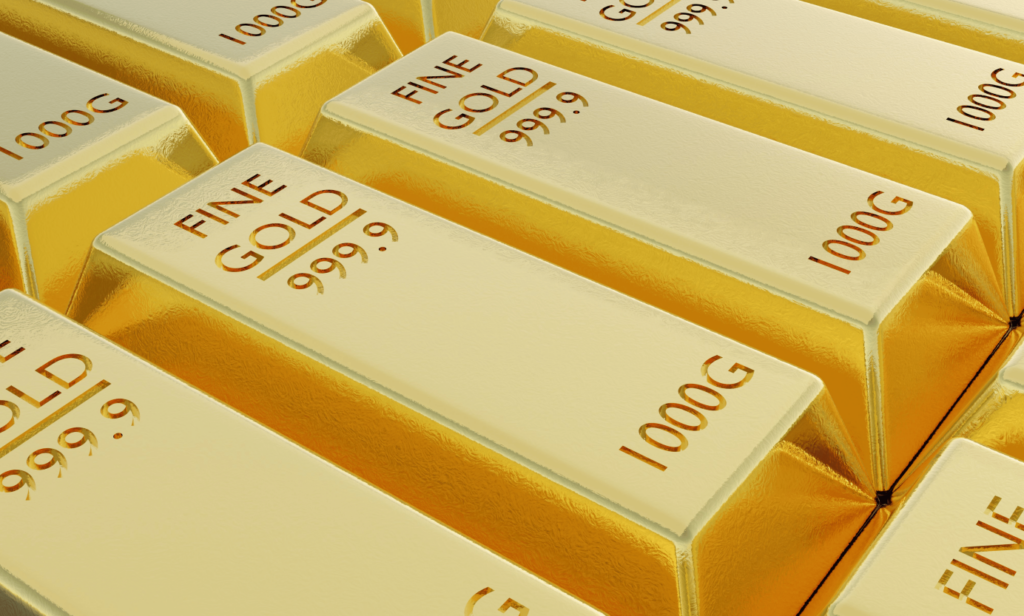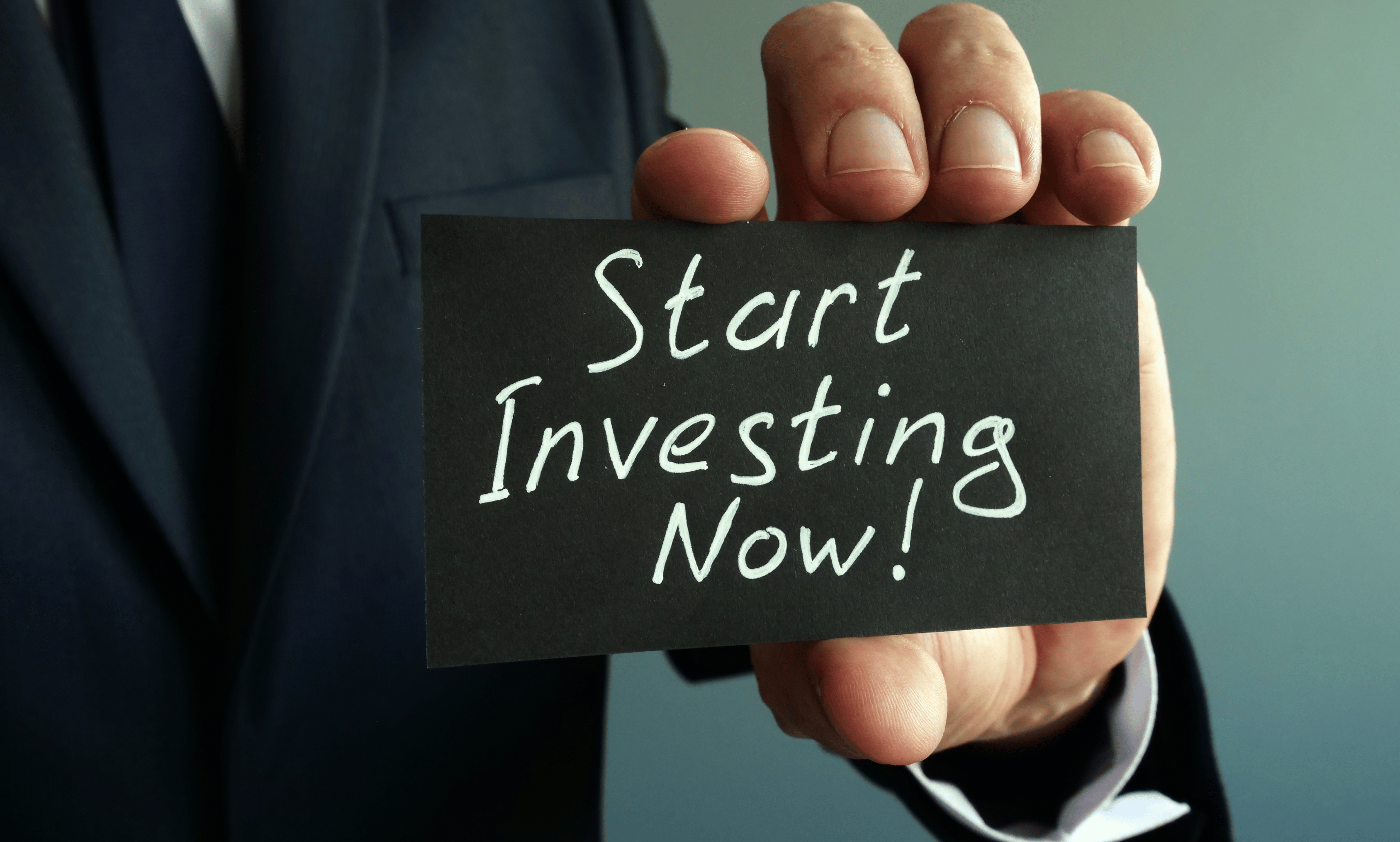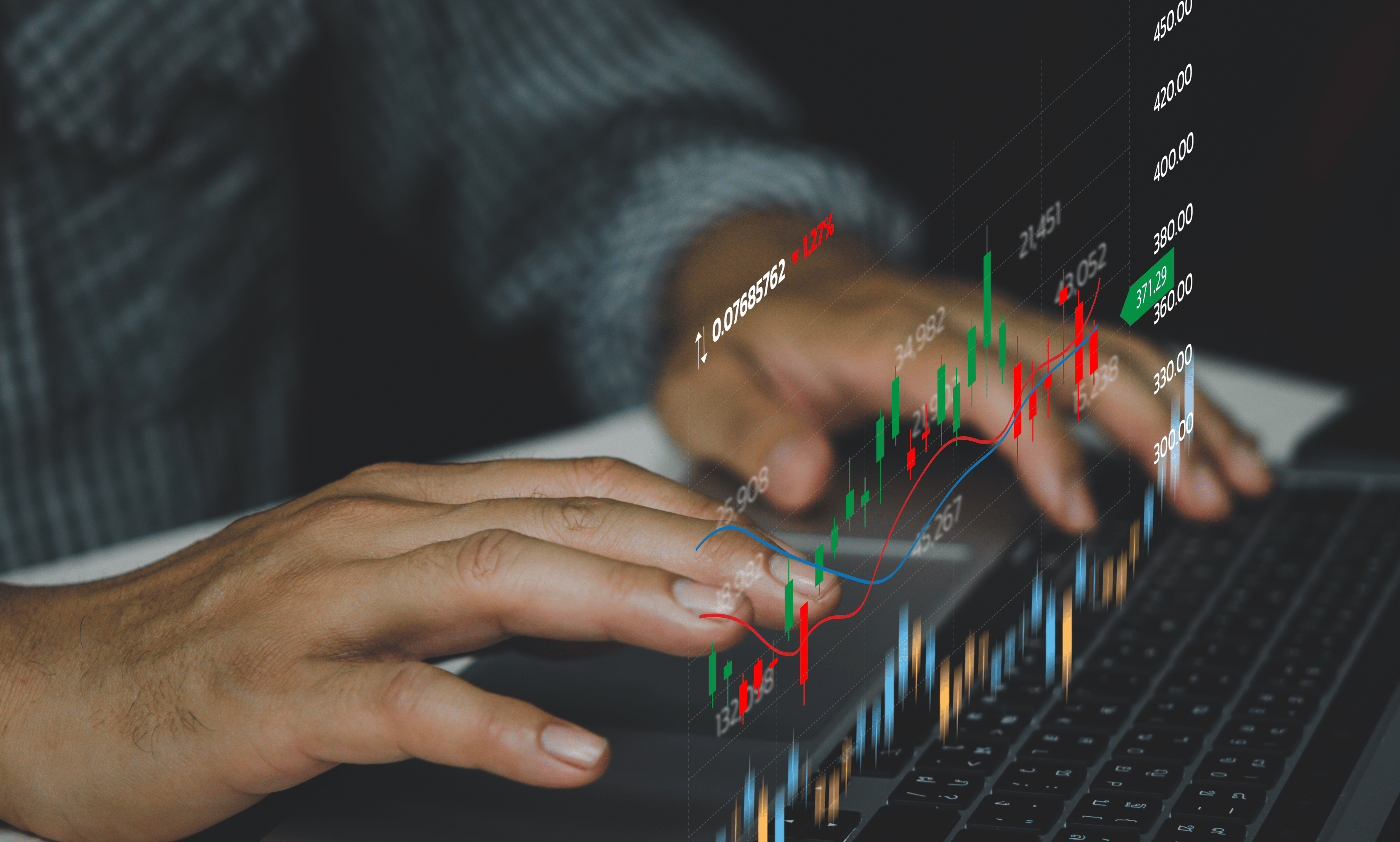
How to Invest in Precious Metals: Buyers Guide
Did you know that precious metals are actually rare, naturally occurring metallic elements? They hold a lot of economic value and include gold, silver, platinum, and even palladium. People love these metals because they’re super rare, easy to shape, and they don’t corrode easily.
Historically, precious metals have been used as a form of currency, but in the modern world, they are seen as a safe haven investment. This is because their value tends to remain stable over time, even in the face of economic instability. They are also used extensively in industries such as electronics, dentistry, and jewelry, which further drives their demand.
Why Invest in Precious Metals?
Investing in precious metals can be a strategic move for several reasons. First, they act as a hedge against inflation. When the value of paper currency decreases, the value of physical precious metals often increases, protecting your wealth. Second, they offer diversification. Precious metals have a low correlation with other asset classes, which can help reduce the overall risk of your precious metals investments portfolio.
Moreover, precious metals can provide a safe haven in times of economic or geopolitical turmoil. During such periods, investors often flock to precious metals, driving up their prices. Lastly, the demand for precious metals in various industries can lead to price appreciation over time, offering potential capital gains for investors.
How to Start Investing in Precious Metals

Investing in precious metals can be done in several ways, each with its own set of advantages and disadvantages. Here are the most common methods:
Physical Metals
The most direct way to invest in precious metals is by buying them in their physical bullion form. This can be in the form of bullion bars, coins, or even jewelry. The advantage of this method is that you have direct ownership of the metal. However, it also comes with the responsibility of storage and the risk of theft.
Exchange-Traded Funds (ETFs)
Gold ETFs are a more convenient way to invest in precious metals. These are funds that track the price of a specific metal and are traded on stock exchanges just like regular precious metal stocks. They offer the advantage of easy liquidity and the ability to invest in precious metals without having to store them physically.
Mining Stocks
Another way to invest in precious metals is through mining stocks. These are shares in companies that mine precious metals. The performance of these stocks is linked to the price of the metal they mine and the company’s operational efficiency.
Rhodium
Rhodium is a rare, silvery-white element that is corrosion-resistant and highly reflective. It’s primarily used in the automotive industry for its role in catalytic converters, which reduce harmful emissions. Rhodium’s rarity and industrial use make it a valuable precious metal for investment.
Iridium
Iridium is one of the densest metals and has a very high melting point. It’s primarily used in electronics, specifically in the making of spark plugs and other high-temperature devices. Its unique properties and industrial demand contribute to its value as a precious metal.
Ruthenium
Ruthenium is a hard, white metal that’s part of the platinum group of metals. It’s used in several industries, including electronics, where it’s used in chip resistors and electrical contacts. Its rarity and wide range of uses make it a potential investment option.
Osmium
Osmium is the densest naturally occurring element. It’s used in applications where hardness and durability are required, such as in fountain pen tips and electrical contacts. Its rarity and unique properties can make it an interesting choice for precious metal investors.
Gold Alloys
Gold alloys, such as white gold and rose gold, are also considered precious metals. These are created by combining gold and silver with other metals to achieve different colors and properties. They are widely used in jewelry and hold significant value.
Buying Physical Quantities of Precious Metals
One of the most straightforward ways to invest in precious metals is to buy physical metal quantities. Gold, silver, platinum, and other precious metals are typically available in bars or silver coins from a reputable seller or coin dealer. You can purchase these in a variety of sizes, from just a gram to several ounces. However, keep in mind that this method requires secure storage and insurance, which can add to the cost.
Investing in Precious Metals Through the Stock Market

You can consider investing in precious metals through the stock market. Here are a few options:
Futures Contracts and Options: These are derivatives that allow you to bet on the future price of a precious metal. A futures contract is an agreement to buy a set amount of an asset at a set price within a set time frame. Options give you the right, but not the obligation, to buy a certain amount for a set price within a time frame.
Exchange-Traded Funds (ETFs): Precious metal ETFs track the price of a specific metal or a group of metals. They are traded on stock exchanges just like regular stocks, offering easy liquidity and the ability to invest in precious metals without having to store them physically.
Individual Retirement Account (Gold IRA): Certain types of IRAs, known as Gold IRAs, allow you to hold physical gold bullion, as well as other precious metals like silver, platinum, and palladium. These IRAs have the same contribution limits and distribution rules as regular IRAs but allow you to benefit from the potential price appreciation of precious metals.
Mining Stocks: You can invest in companies that mine precious metals. The performance of these stocks is linked to the price of the industrial metal they mine and the company’s operational efficiency.
Remember, each of these methods comes with its own set of risks and considerations. Always conduct thorough research or consult with a financial advisor before making investment decisions.
Step-by-Step Guide to Investing in Precious Metals

Here’s the step-by-step guide to getting started investing in precious metals:
Step 1: Determine Your Investment Goals
Before you start investing, it’s important to understand your financial goals and risk tolerance. Are you looking for a long-term investment, a hedge against inflation, or a short-term trading opportunity? Your goals will determine which type of precious metal investment is right for you.
Step 2: Research Precious Metals
Learn about the different types of precious metals available for investment, including gold, silver, platinum, palladium, and others. Understand their market dynamics, price history, and factors that affect their prices.
Step 3: Choose Your Investment Method
Decide whether you want to invest in physical metals, ETFs, futures contracts, mining stocks, or a combination of these. Each method has its own advantages and disadvantages, so choose the one that aligns best with your investment goals and risk tolerance.
Step 4: Find a Reputable Dealer or Broker
If you’re buying physical metals, find a reputable dealer who offers fair prices and has good customer reviews. If you’re investing through the stock market, you’ll need to open a brokerage account. Look for a broker that offers access to the precious metals market and has low fees.
Step 5: Make Your Purchase
Buy precious metals or related financial products according to your investment plan. If you’re buying physical metals, you’ll need to arrange for secure storage and insurance.
Step 6: Monitor Your Investment
Keep track of the market price of your precious metals and any news that could affect their value. If you’re investing for the long term, you don’t need to check every day, but you should stay informed about major market trends.
Step 7: Sell Your Investment
When you’re ready to sell, you can sell physical metals back to a dealer or on the open market. If you’re selling a financial product like an ETF or a futures contract, you can sell it through your broker.
Remember, investing in precious metals, like any investment, involves risk. It’s important to do your research and consider seeking advice from a financial advisor.
Risks Involved in Precious Metals Investment

Like any investment, investing in precious metals comes with its own set of risks. The price of precious metals can be volatile and is influenced by various factors such as supply and demand dynamics, geopolitical events, and economic conditions.
Moreover, if you choose to invest in physical metals, there is the risk of theft and the cost of storage. If you invest through ETFs or mining stocks, you are exposed to the risks inherent in financial markets, such as market risk and company-specific risk.
Take the Leap into Precious Metals Investment
Now that you have a step-by-step guide to investing in precious metals, it’s time to take action. Whether you’re looking to diversify your precious metals portfolio, hedge against inflation, or explore new investment opportunities, precious metals offer a unique and valuable addition to your investment strategy.
Remember, every investment journey starts with a single step. Begin by setting clear financial goals, conducting thorough research, and choosing the investment method that aligns with your objectives. And don’t forget, it’s always wise to consult with a financial advisor to ensure you’re making informed decisions.
Ready to embark on your precious metals investment journey? Start today and unlock the potential of this timeless asset class. Your future self will thank you.


